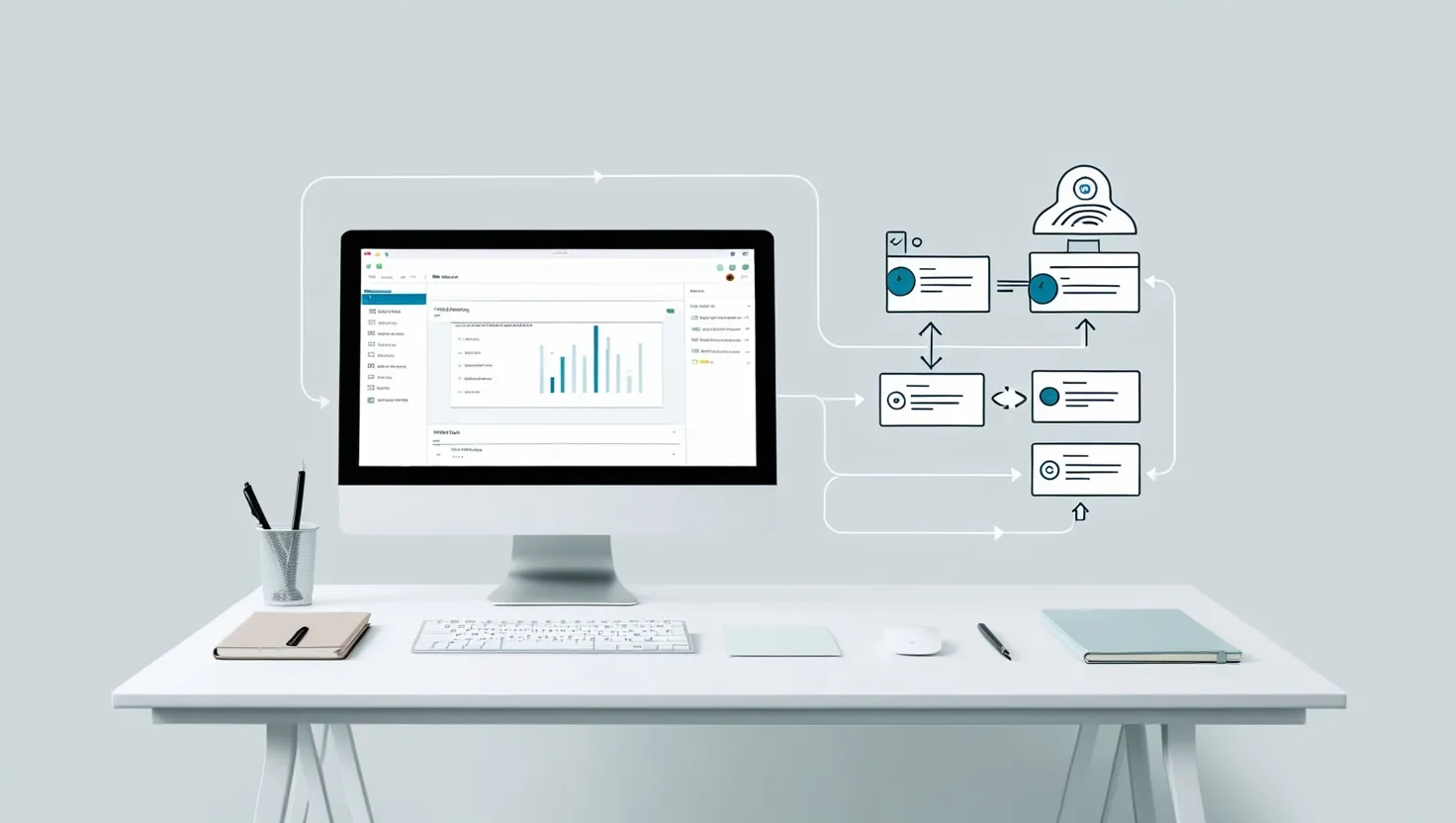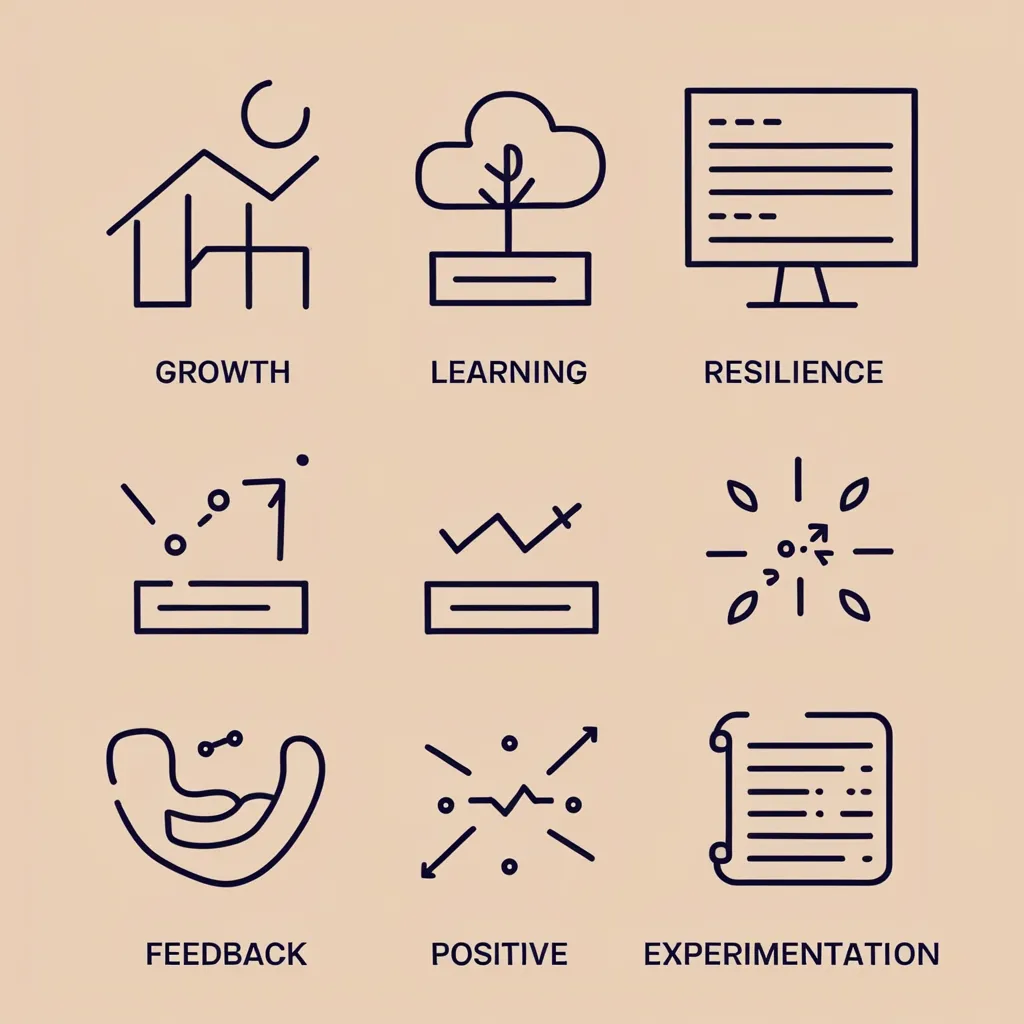When I first began searching for ways to make my workdays smoother, I stumbled across a truth that was both simple and profound: most tasks are not as complicated as we make them. The methods we use to get things done are often weighed down by habit, outdated assumptions, and a fear of skipping steps. What if the solution isn’t to work harder, or even smarter as we’re often told, but to make the work itself lighter? That’s where task compression methods come in.
I want you to think for a moment about your to-do list. How many of those recurring tasks could be accomplished with just half the effort, or in a fraction of the time, if stripped to their core? I’ve found five techniques that radically changed the way I approach my workload. They go beyond basic time management and get at the root of what really needs to be done.
“Perfection is achieved, not when there is nothing more to add, but when there is nothing left to take away.” Antoine de Saint-Exupéry’s famous words remind me that productivity often means subtraction, not addition.
The first method I lean on is what I call core element isolation. Every task, no matter how big, is built from a set of core actions. I start by deconstructing recurring tasks to their most fundamental parts. Imagine preparing a weekly report. Instead of treating it as a single, sprawling activity, I break it down: gather data, analyze results, write summary, format for clarity. Now comes the crucial step: I ask myself, which of these actions directly shapes the outcome? Which steps are mere support beams—nice to have, but non-essential? If formatting can be partially automated or delegated, I do it. If the analysis is what truly influences decisions, I channel my focus there. I let go of “the way we’ve always done it,” and find the minimum viable sequence. Once you start, you realize how much is habit, not necessity.
Have you ever considered how many steps in your process are simply tradition? When I challenge each stage with one sharp question—Does this directly produce the final deliverable?—the answer is often surprising. Outcome-based step reduction isn’t about blunt force cutting, it’s about surgical precision. By merging adjacent actions or replacing layered verifications with a single, decisive quality check, I consistently chop process time by a third, often without changing the final result. I measure the steps before and after, almost like an experiment. The numbers don’t lie. Are there steps in your projects that survive only because no one thought to challenge them?
“Efficiency is doing things right; effectiveness is doing the right things.” Drucker’s insight applies perfectly here. Compressing tasks isn’t about reckless speed—it’s about ruthless focus.
Next, I rely on parallel processing integration. Waiting is the enemy of productivity, but it hides in plain sight. Think of all the “dead time”: data uploading, computers processing, printers churning. Most people see these as breaks, but with planning, they become opportunities for progress. If data is compiling, I draft outlines. While one document prints, I prepare my next steps or communication. With each task, I ask: which segments are truly independent, and can they move forward at the same time? I realized that, for years, I had been following old habits that made me work in neat rows instead of dynamic clusters. Structuring tasks this way feels almost like conducting an orchestra, where every section plays their part at the same time, creating a continuity of progress that’s hard to match with traditional methods.
How often do we wait idly by, convinced we’re stuck, when in truth there’s parallel work just waiting to be started? It’s a question that keeps me sharp.
One unconventional approach that’s changed the way I collaborate is implementing pre-completion handoff points. I used to believe that work was only worth passing on when it was polished to perfection. But experience has taught me the opposite: it’s usually faster, and sometimes better, to shift the work when it’s mostly—but not fully—done, provided the next person can meaningfully contribute. The trick is to define clear handoff moments, such as “when data is cleaned and formatted, pass to design for visualization.” Instead of holding onto tasks as they languish in the final stages, I accelerate flow by letting go just before the finish line. This method prevents final-stage bottlenecks and lets team strengths shine. It’s a subtle form of trust: I rely on the expertise of others and avoid being the main cause of delays.
“The way to get started is to quit talking and begin doing.” Walt Disney’s advice isn’t just about overcoming procrastination. It’s about keeping momentum by passing the baton, not waiting for perfection.
Finally, I run an automation threshold analysis on every recurring task. Here’s where I mix math with intuition. If a manual step eats five minutes a day, and automation setup would take an hour, I realize that I break even in twelve workdays. That’s not hypothetical—it’s a tangible benchmark. After that, every day is time gained. I prioritize automation for parts of the job that cross this threshold, always watching for new tools or scripts to lighten the burden further. I track my time savings month over month. It’s amazing what you find when you keep a simple log: some automations pay off in a week, others in a month, but nearly all pay off eventually. The key is to keep your eye trained on the ratio of setup time to daily savings—this makes the investment decisions so much clearer.
This isn’t theory for me; it’s practice. I schedule a small “compression experiment” every week with a recurring task. I start by mapping out the old process, make targeted changes based on the five methods above, and measure the result. Sometimes I save only ten minutes, but those minutes compound over a year.
I’ve noticed something subtle as I’ve adopted these approaches: the reduction in cognitive load. When the fluff is cut, my mind is freed from juggling irrelevant steps. There’s less mental switching, fewer open tabs (both literal and figurative), and much greater clarity. The work not only takes less time but feels lighter to carry.
Which task on your list right now feels heavier than it should? Where could you strip away rituals, merge actions, or automate away the repetition? What might happen to your stress levels or creativity with that time and mental energy freed up?
I’ve seen these changes ripple far beyond my own desk. Teams that adopt task compression as a routine method—not a rare emergency fix—report faster execution, fewer errors, and better morale. There’s more room for thoughtful work, less time wasted on ritual for ritual’s sake. I believe this is the future of productive work: not frantic multitasking, but lean, focused execution.
“Time is the scarcest resource, and unless it is managed nothing else can be managed.” These words by Peter Drucker echo in my mind each time I consider whether to keep or cut a task.
What fascinates me most about these methods is how often they reveal that much of our busyness is self-imposed. It’s easy to fill the day with necessary-sounding activity, but real value comes from the parts that move the result forward. Every time I walk someone through stripping back their workflow, there’s an aha moment—followed by relief, even excitement. Suddenly, possibilities open up: maybe there’s time for creativity, for strategic thinking, for a real break.
So, if you’re like me and you crave not just getting more done, but making every piece of work lighter and sharper, I encourage you to implement these five compression methods. Start small with one weekly task, observe the effects, and let your data—not your habits—guide what comes next.
What will you do with the time you create? That’s the question that matters most.






